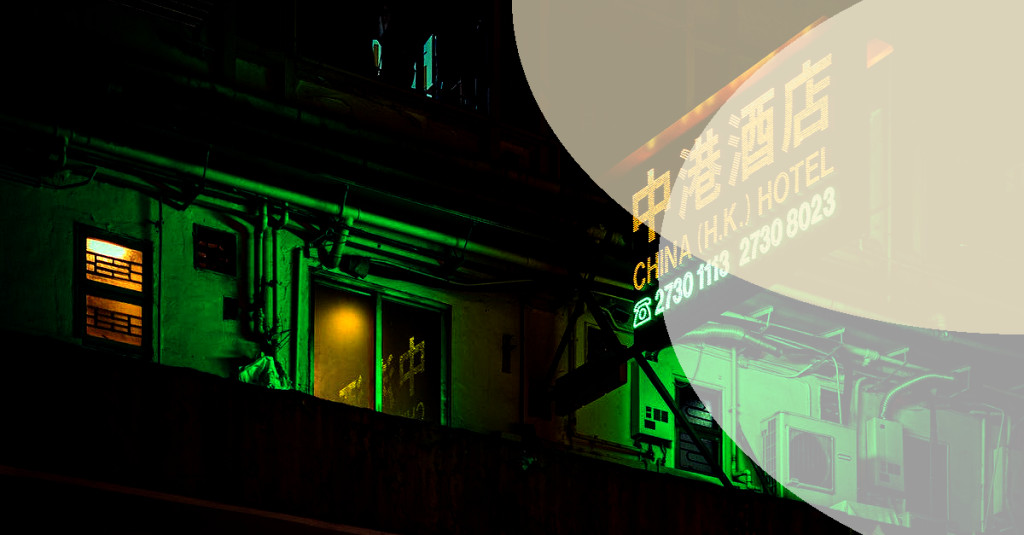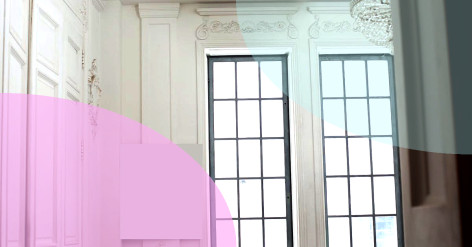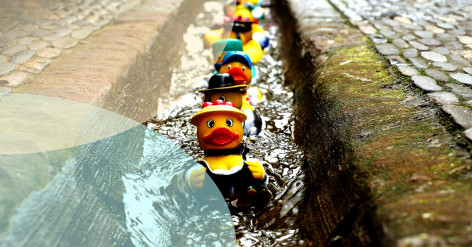Build Your Own Insect Hotel

Introduction: Why Build an Insect Hotel?
Step 1: Choose Your Location Wisely
Create your very own insect hotel, an eco-friendly sanctuary for our planet's smallest yet mightiest helpers! From solo-living solitary bees to pest-controlling ladybirds, giving them an inviting home is a brilliant DIY project for any nature lover. Come along as we dive into the ins and outs of erecting this sustainable haven in your own garden.
Step 2: Gather Your Supplies
Insects fancy different habitats depending on the species. To attract a diverse range of beneficial bugs, pick a location that offers a mix of sunshine and shade. Ideally, provide the insect hotel with some form of protection from intense wind and rain. Add natural elements like flowers, shrubs, or logs nearby to create a more appealing environment for these critters.
Step 3: Assemble the Frame
Before you start assembling, collect the necessary materials for your insect hotel. Here's a list of what you'll need:
- Wooden pallets or a wooden frame
- Hammer and nails (for construction)
- Drill (optional, for creating holes)
- A mix of building materials such as bricks, logs, twigs, straw, and pinecones
- Small, breathable fabric or mesh to protect the hotel from unwanted pests like birds and rodents
Feel free to get creative with recycled or repurposed materials, like old crates or pallets, to not only save money but further minimize your environmental impact!
Step 4: Divide It Into Compartments
Start constructing your insect hotel by assembling your wooden frame. If using pallets, stack and secure them together using a hammer and nails. For an additional aesthetic touch, paint the outside of the frame with weather-resistant, eco-friendly paints. Make sure you leave the insides natural to avoid putting any harmful chemicals near the insects.
Step 5: Fill It Up
Once the frame is ready, divide it into compartments for various insect species. The size and shape of each compartment will depend on the type of insects you'd like to attract. For example, create smaller gaps for ladybirds, larger spaces for bees, and other beneficial insects.
Step 6: Protect Your Insect Hotel
Fill the compartments of your insect hotel with the assorted building materials mentioned earlier. Be sure to pack these materials tightly, ensuring there's still enough space for insects to crawl inside. Here's a breakdown of what you can use for different compartments:
- Bamboo tubes or drilled holes in logs for solitary bees
- Stacked bricks with holes for spiders and beetles
- Twigs, straw, or dried leaves for lacewings and ladybirds
- Pinecones for earwigs and woodlice
- Hollow plant stems for various other insects
Remember, variety is key! The more diverse your hotel is, the more appealing it will be to these beneficial bugs. If you ever need help getting ideas for what to include, check out this incredible visual guide to get inspired.
Embrace the Benefits of Your Eco-Friendly Insect Hotel

To ensure you're only attracting the guests you desire, cover the exterior of your hotel with breathable mesh or fabric. This will prevent birds or rodents from ruining your painstaking work, leaving the hotel exclusively for beneficial bugs. Secure the fabric with staples or nails, taking care not to block any essential entrances.
Congratulations, your insect hotel is now officially open for business! Sit back, relax, and watch as these marvelous creatures take up residence and get to work. Not only does this DIY project benefit your garden through pest control and pollination, but it also contributes to local biodiversity and conservation efforts.
For more ideas on how to make your garden a wildlife haven, visit the RSPB's website, which contains a wealth of information on creating birdhouses, hedgehog shelters, and more. Happy building!





